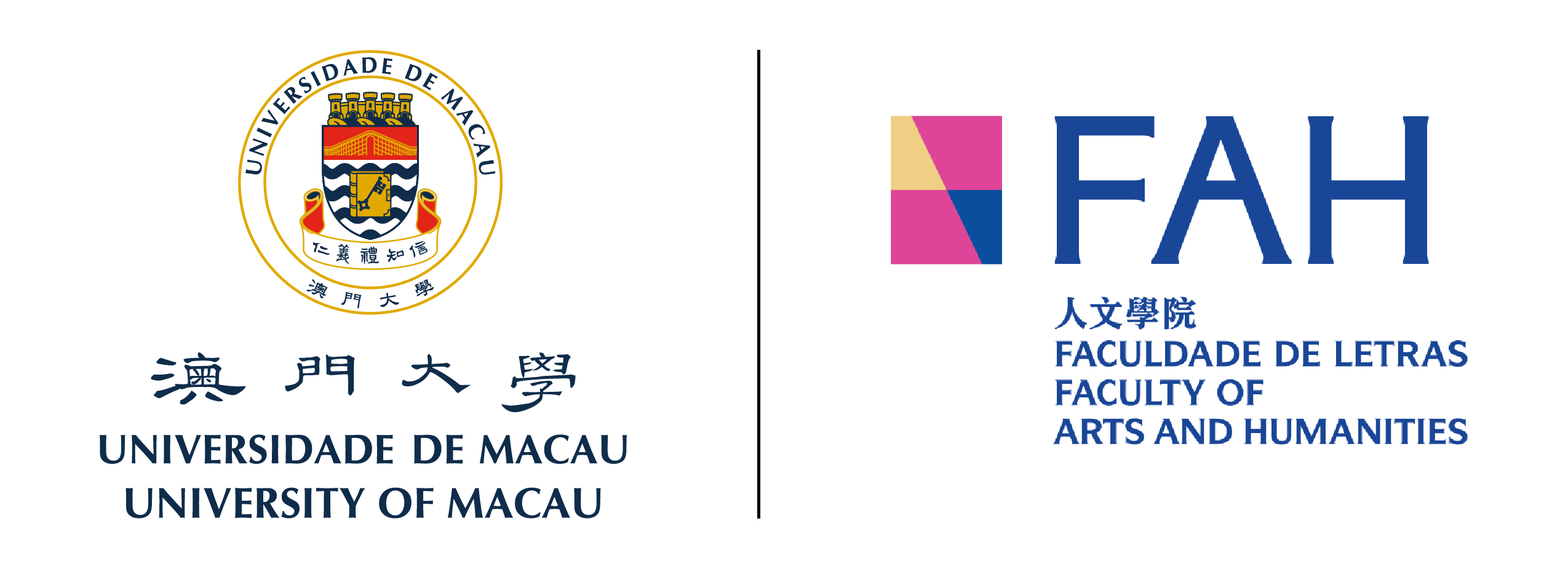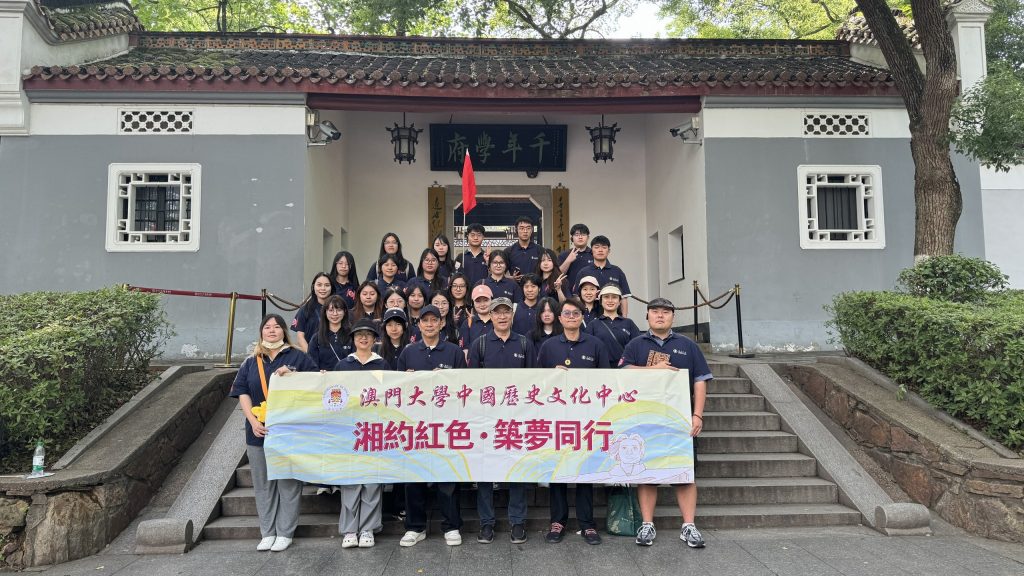
From May 23 to 27, 2025, the Centre for Chinese History and Culture of the Faculty of Arts and Humanities of the University of Macau organized a study trip titled the “Red Culture of Hunan: Journey of Dreams Together.” A total of thirty professors and students from the university participated in this event, which aimed to strengthen the foundation of youthful beliefs, and allow participants to enhance their patriotic feelings and cultural confidence.
On the first day of the tour, the group led by Prof. Zhang Yan and Dr. Cheang Neng Ian arrived at Hunan University, located at the foot of Yuelu Mountain and by the banks of the Xiang River. Renowned as a “thousand-year-old institution and a century-old famous school,” it is not only an academic sanctuary but also an important source of revolutionary thought and an early activity base for the Party. Revolutionary pioneers, including Mao Zedong.
On May 24, faculty and students visited the Hunan Martyrs’ Memorial Tower and the History Museum of the Communist Party of China in Changsha. They also admired the statue of young Mao Zedong at Orange Isle, embracing the revolutionary spirit of “striking the water in midstream.”
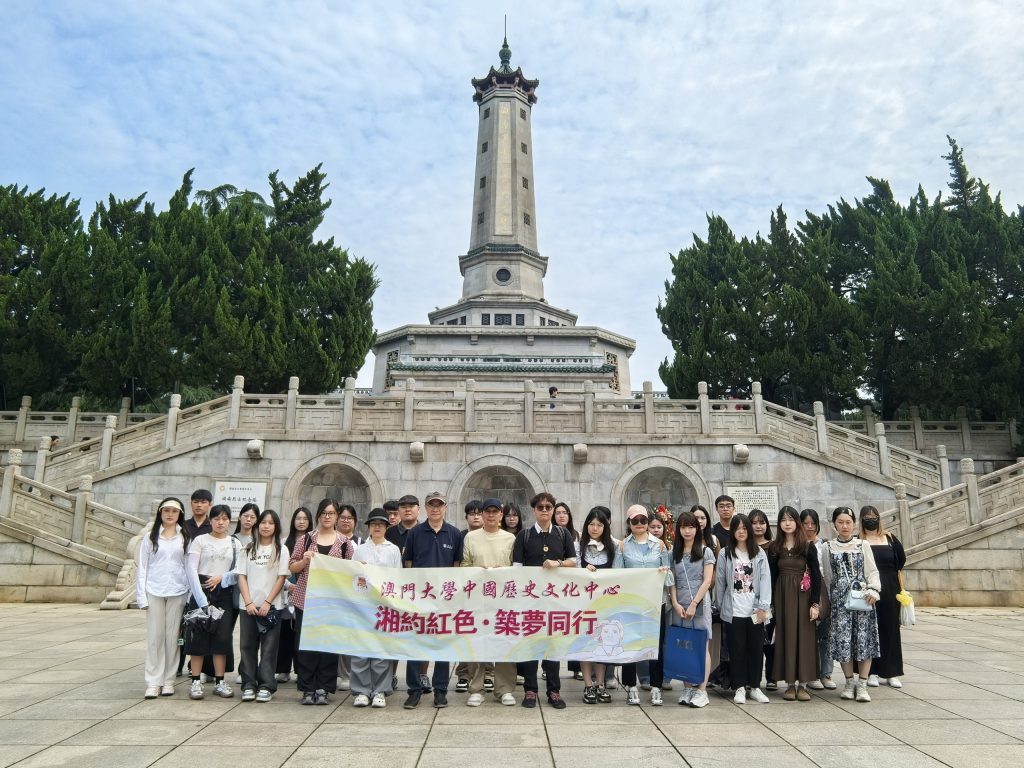
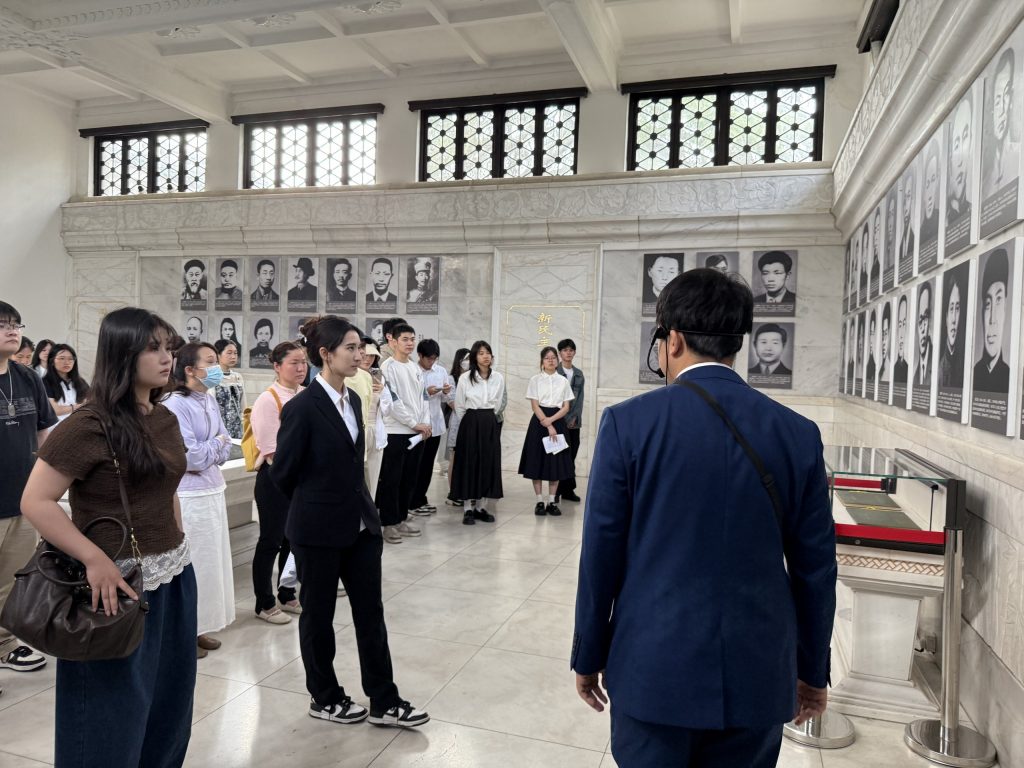
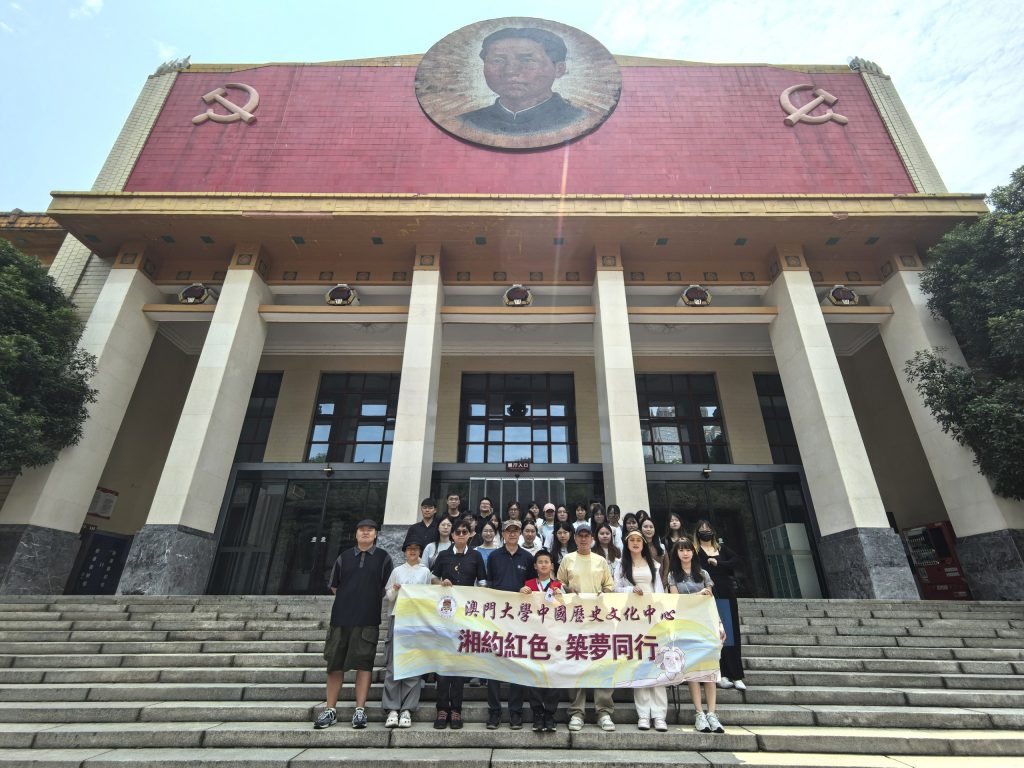
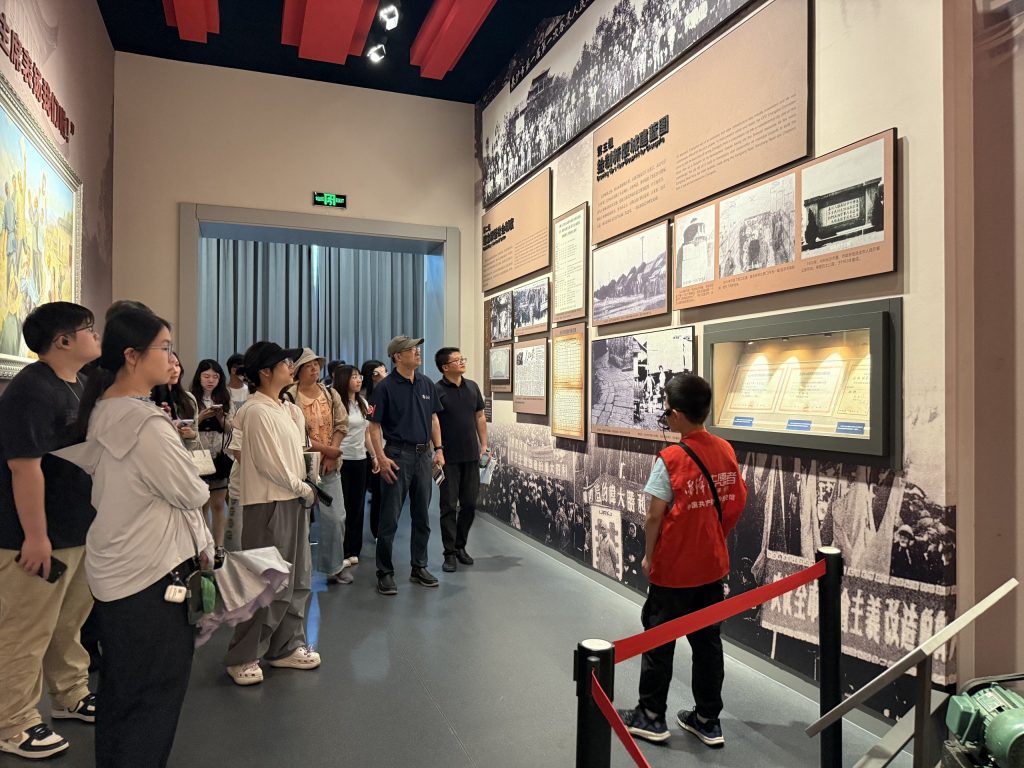
On May 25, faculty and students visited the former residence and memorial of Mao Zedong in Shaoshan, where they held a flower-laying ceremony at the statue square.
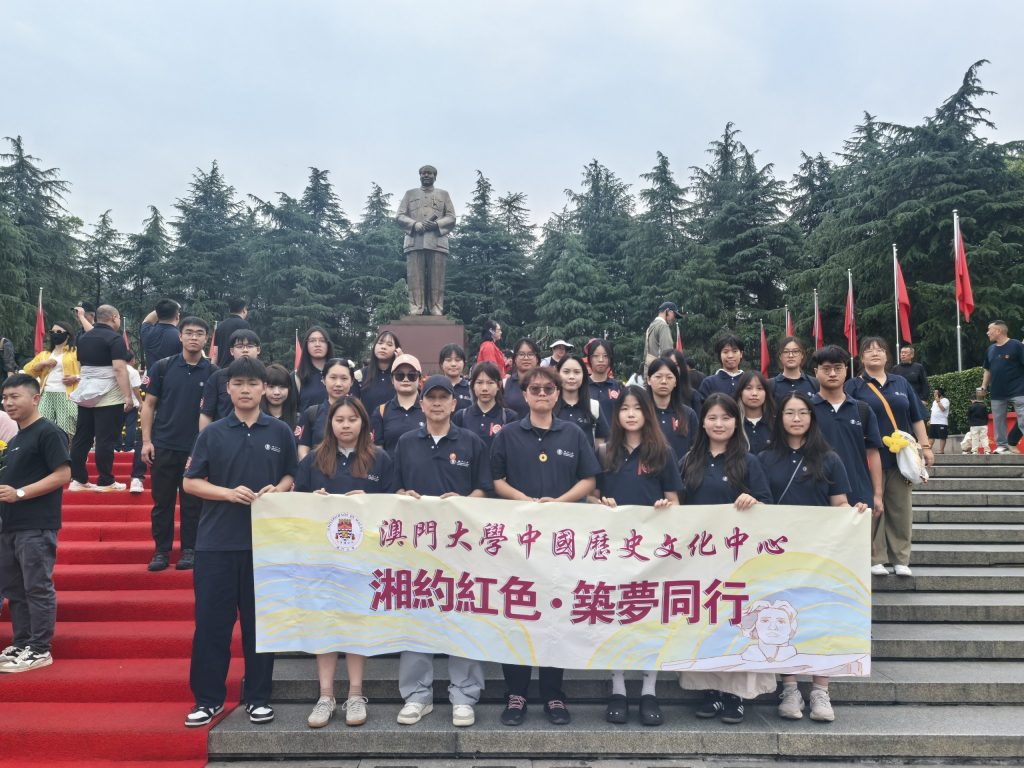
On May 26, the itinerary extended to Ningxiang’s Tanhe Ancient City, where participants explored Chinese civilization through bronze artifacts and the performance of “Tanhe’s Eternal Love.” Afterwards, they experienced the fusion of modern revolution and contemporary urban life at Huangxing Road Pedestrian Street.
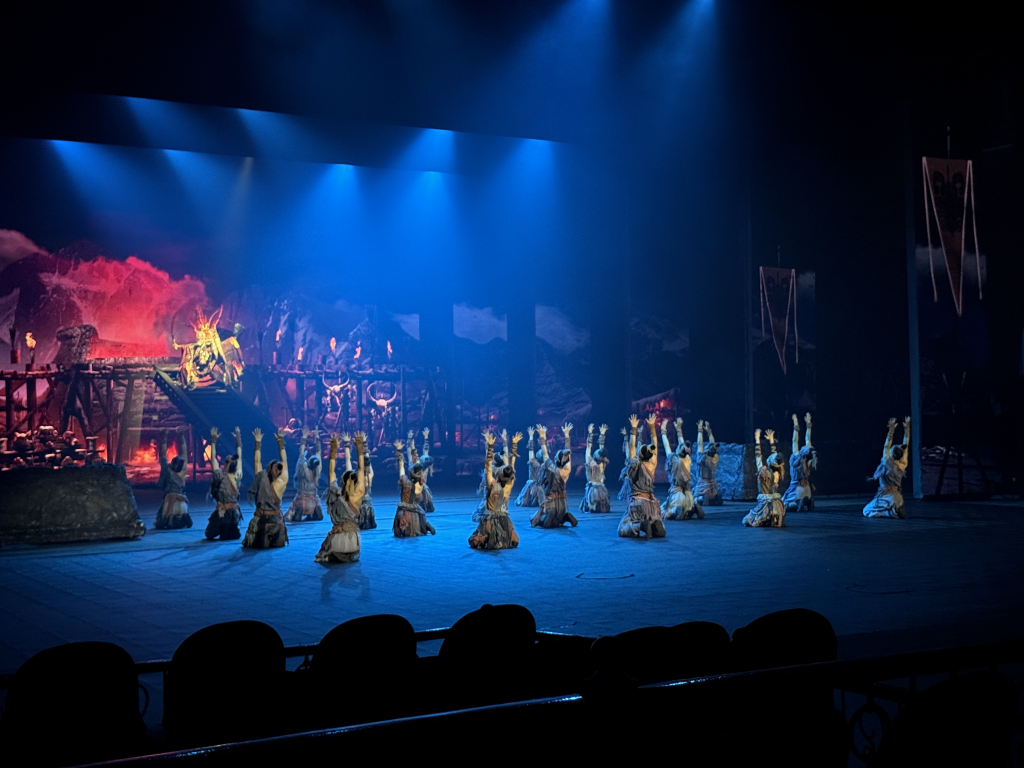
On May 27, professors and students ascended to Du Fu Pavilion to gaze at Orange Isle, concluding their five-day cultural journey with a dialogue between the patriotic sentiments of the Poet Sage and the revolutionary aspirations of great leaders.
This event, combining visits to red sacred sites with experiences of Huxiang culture, allowed faculty and students to deepen their recognition of Chinese culture and their mission of cultural inheritance amidst the intertwining of history and the present.

